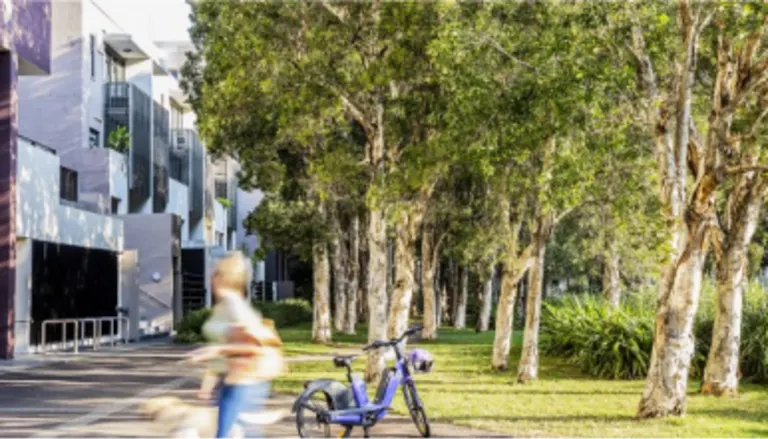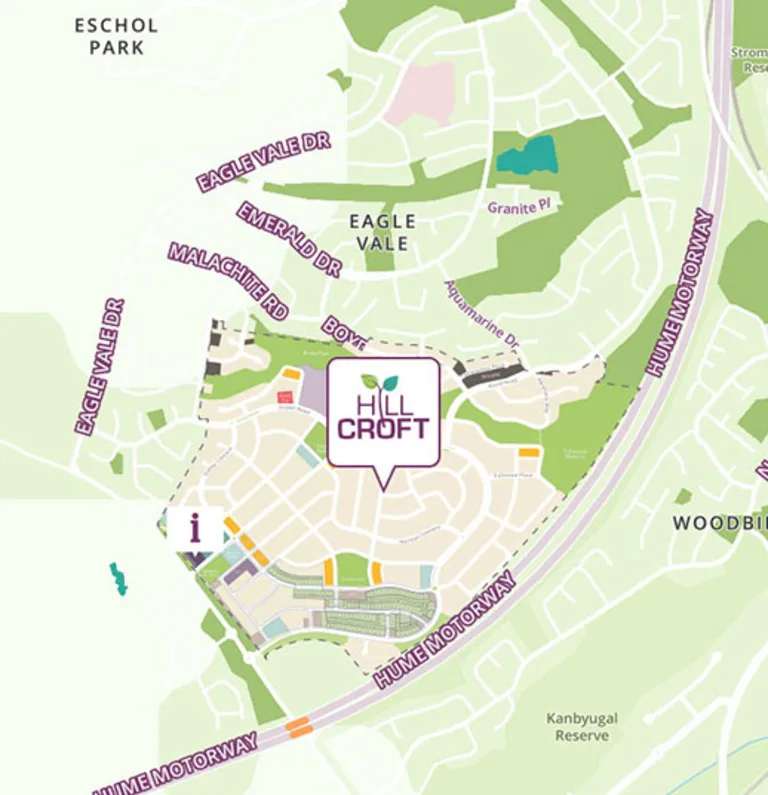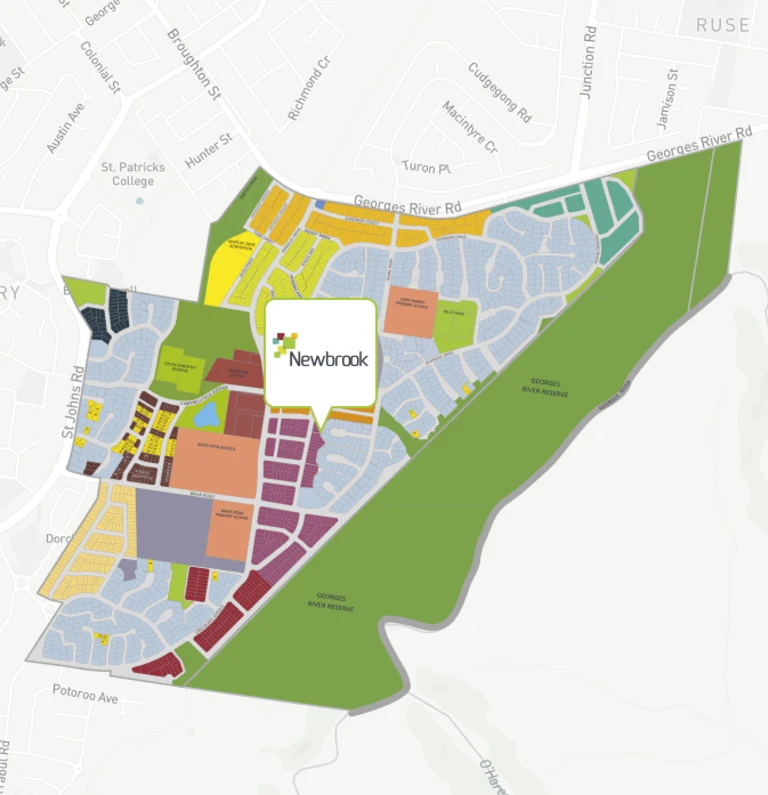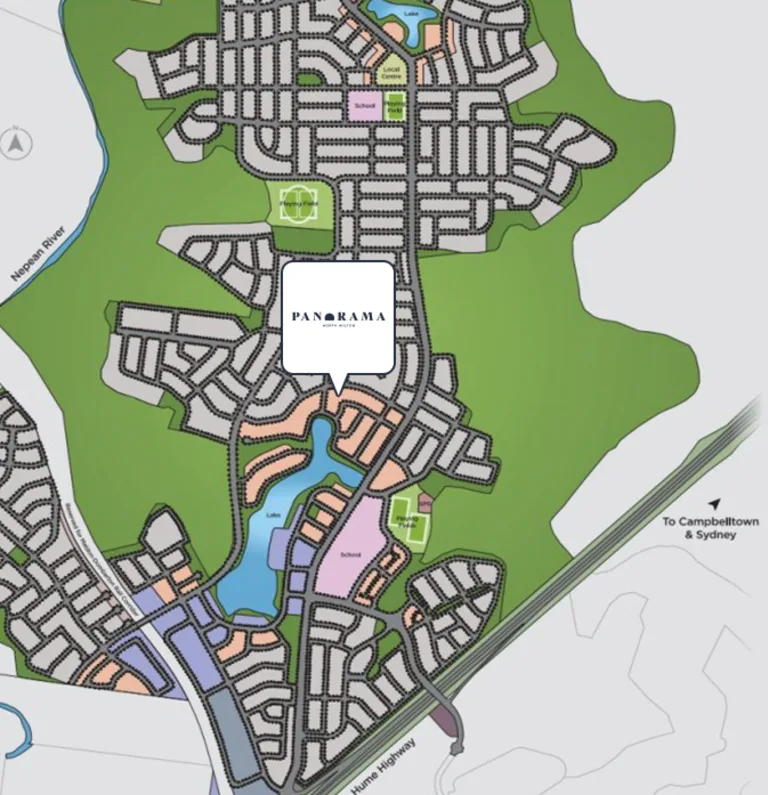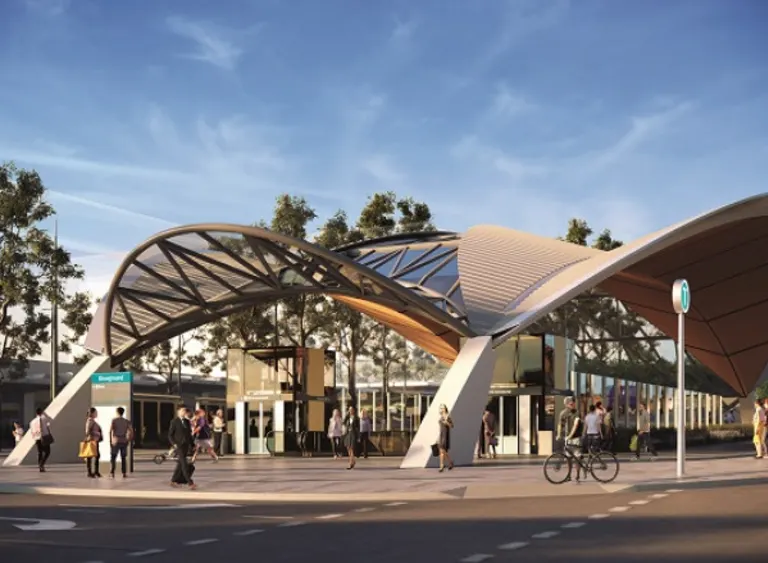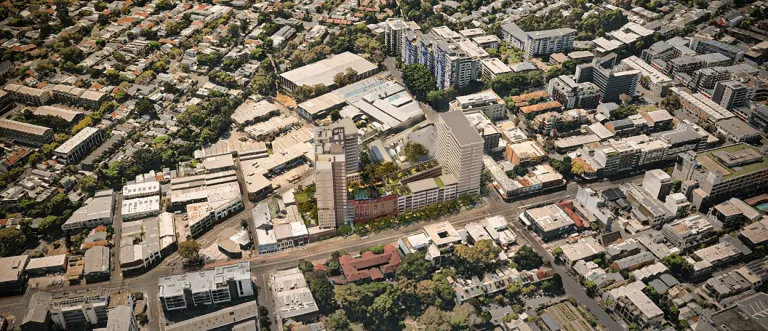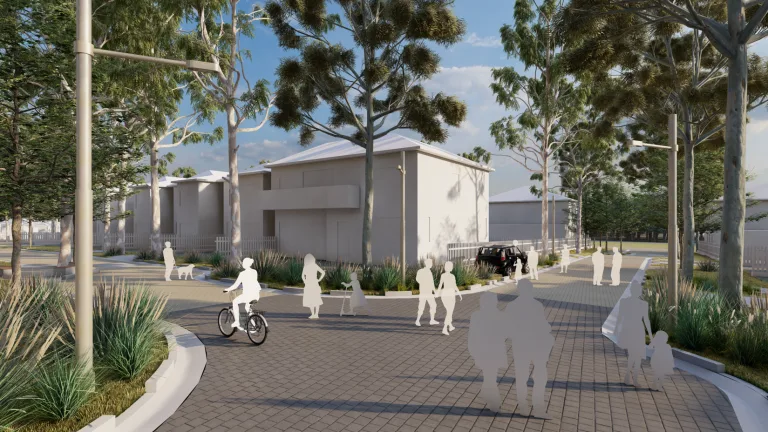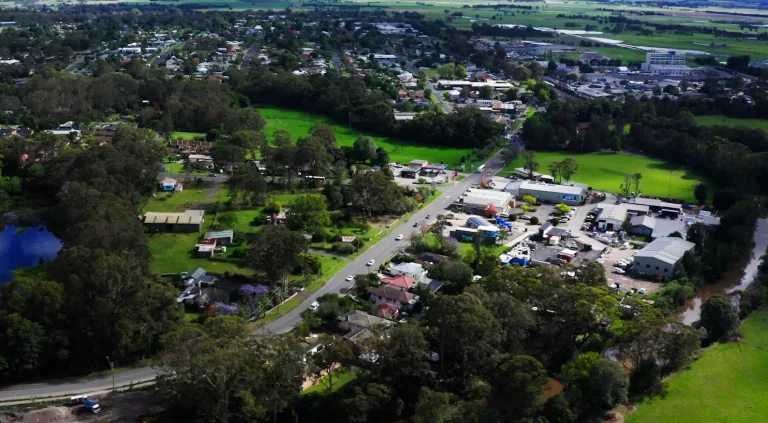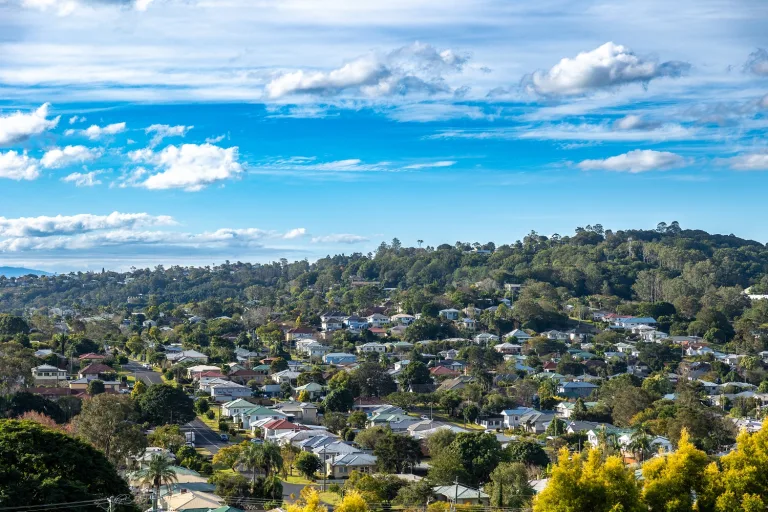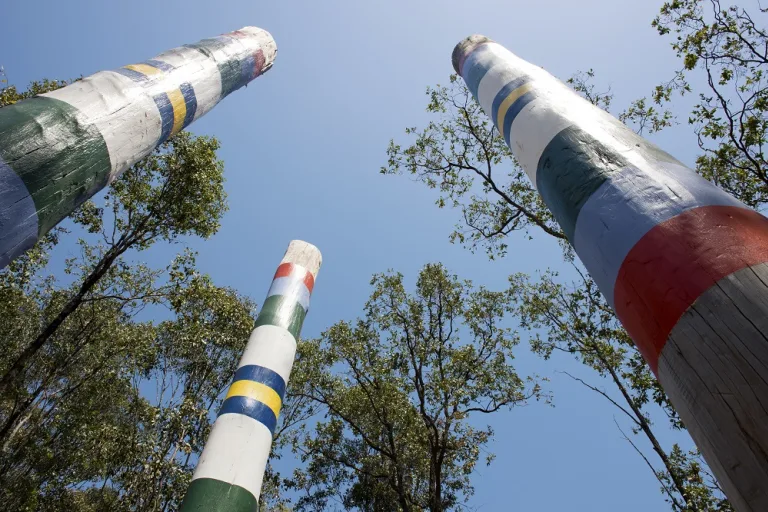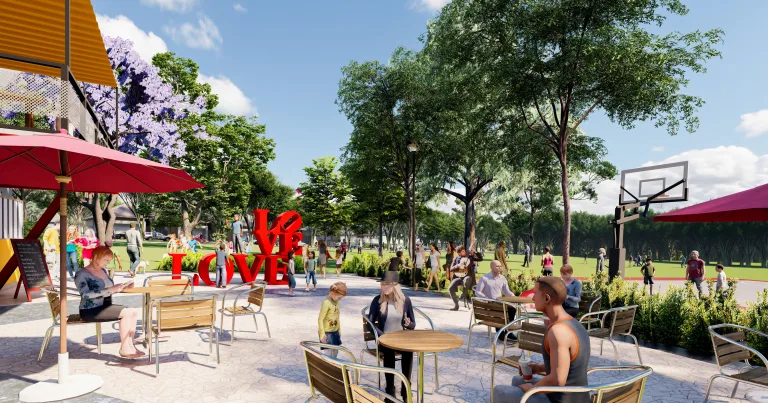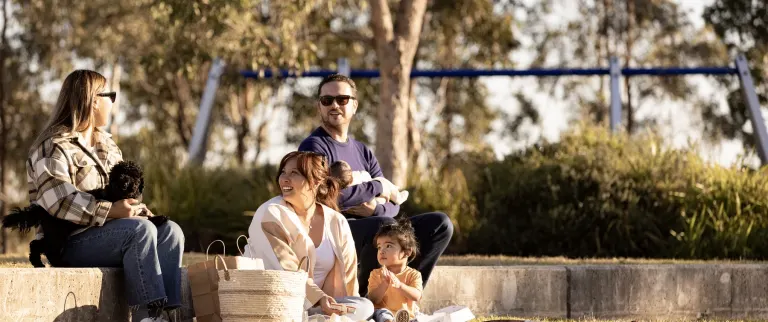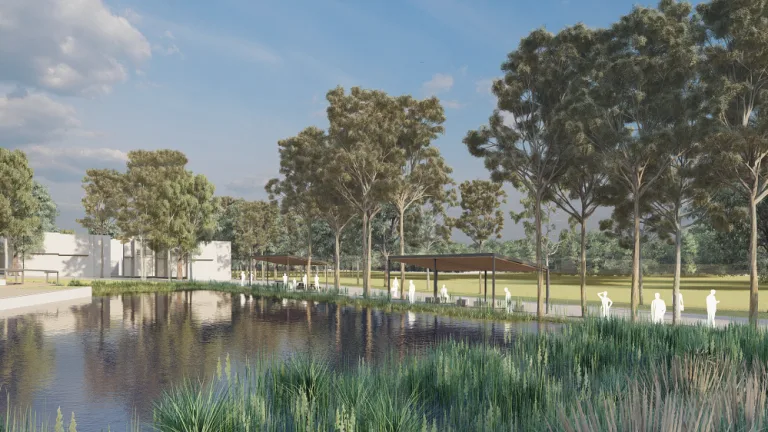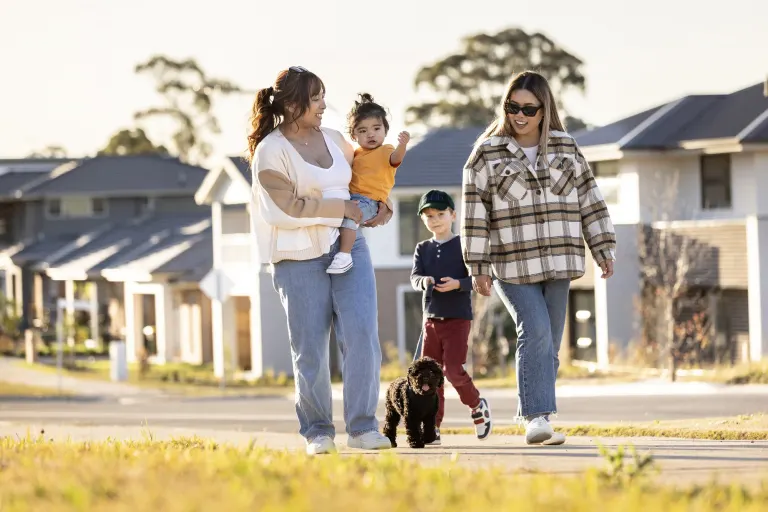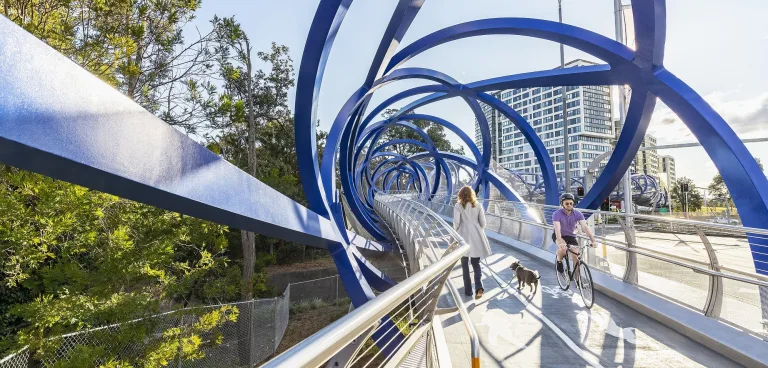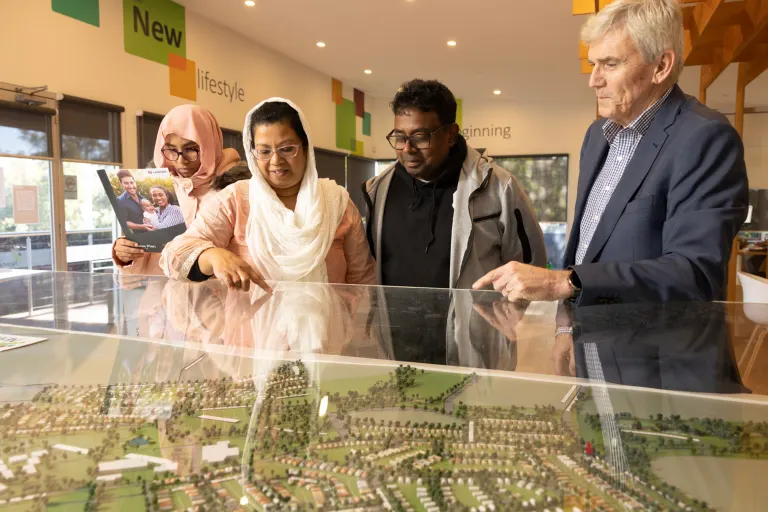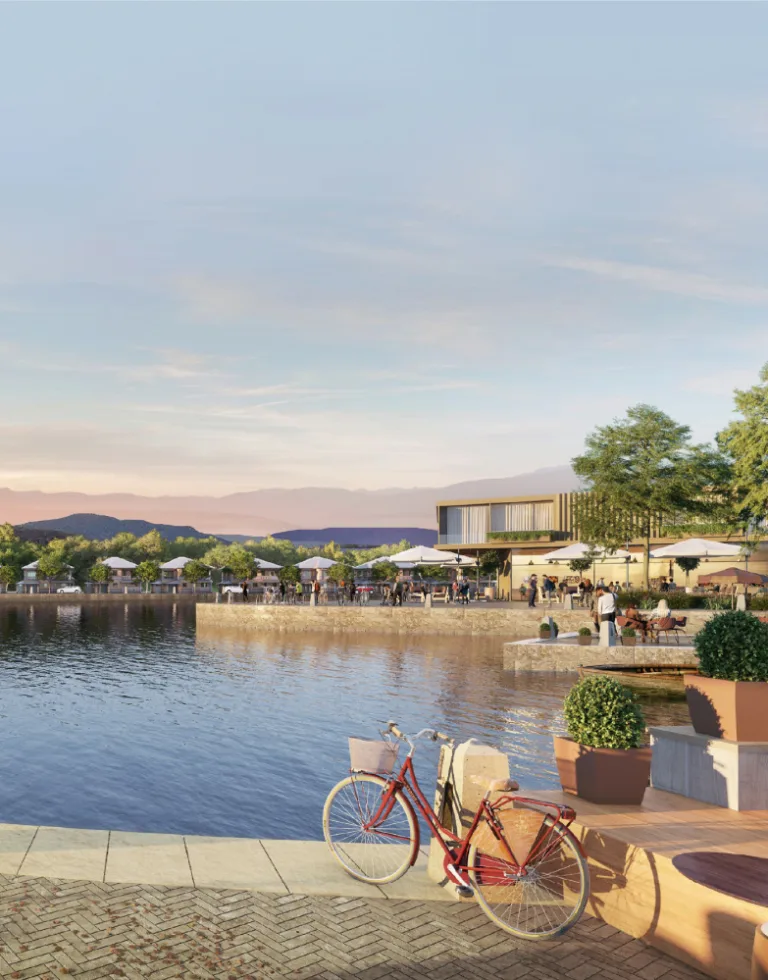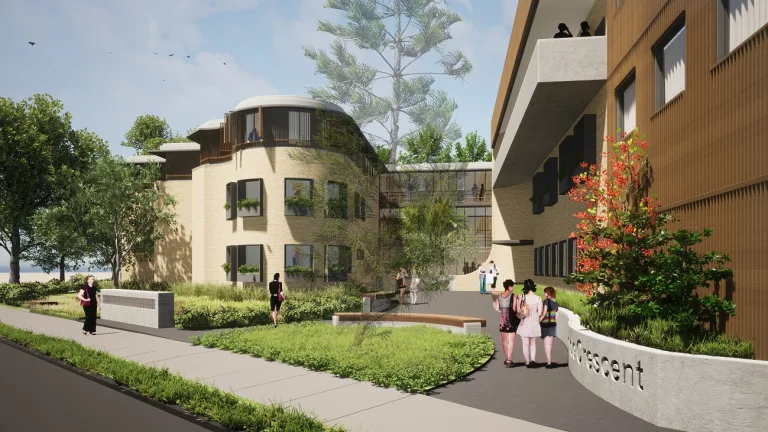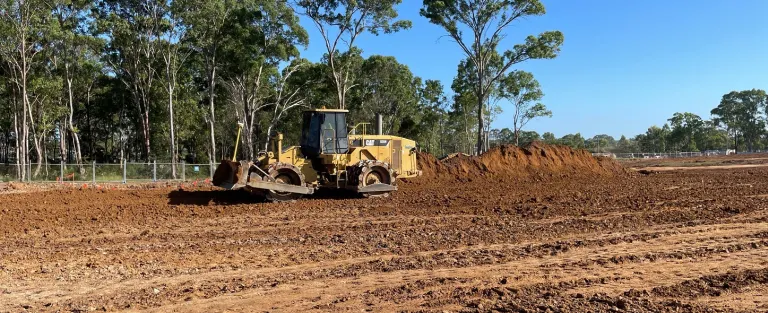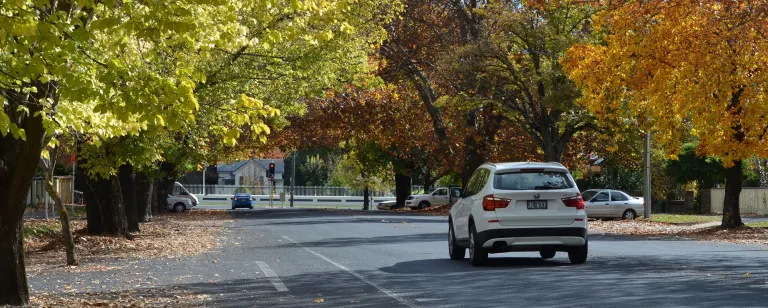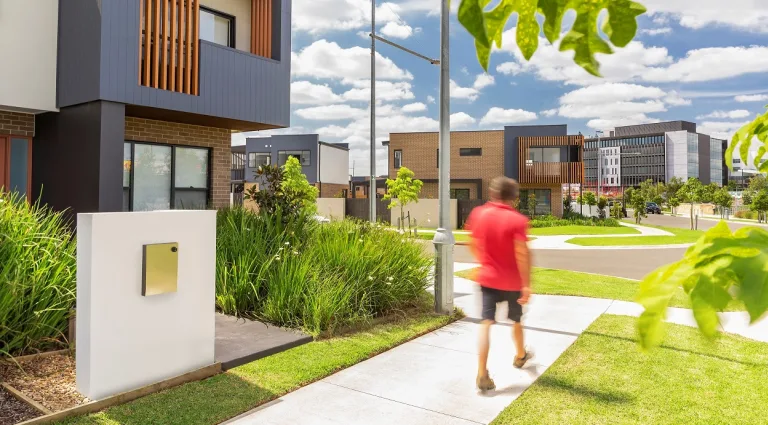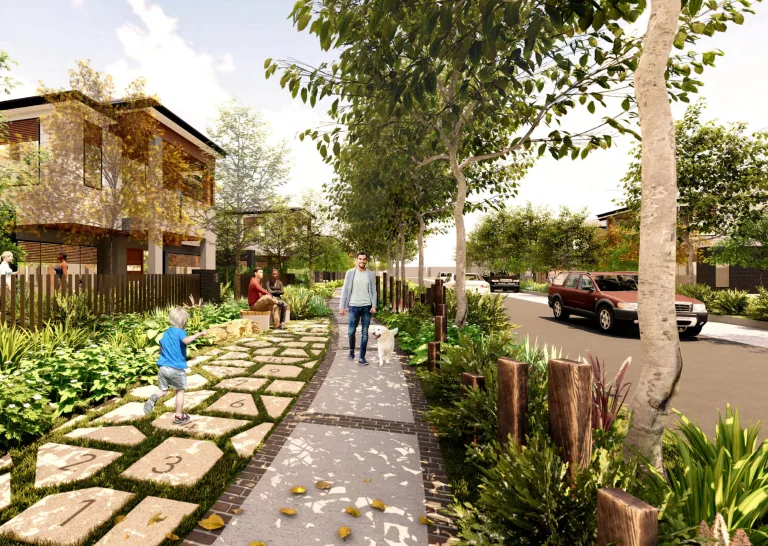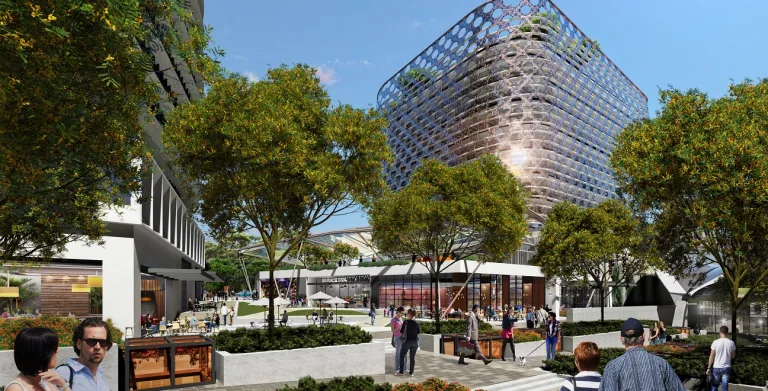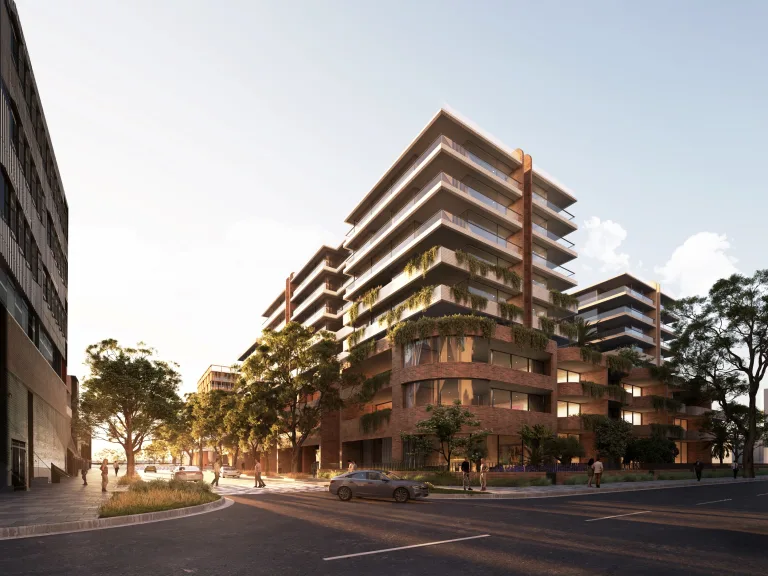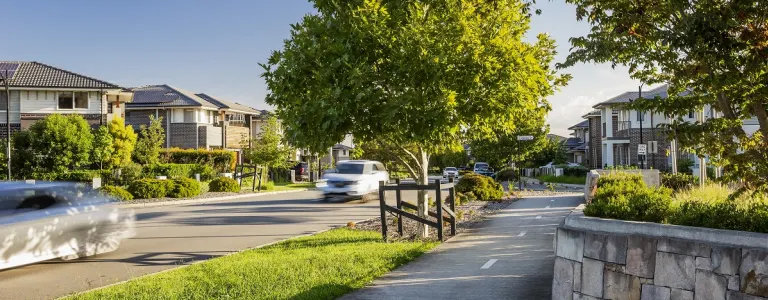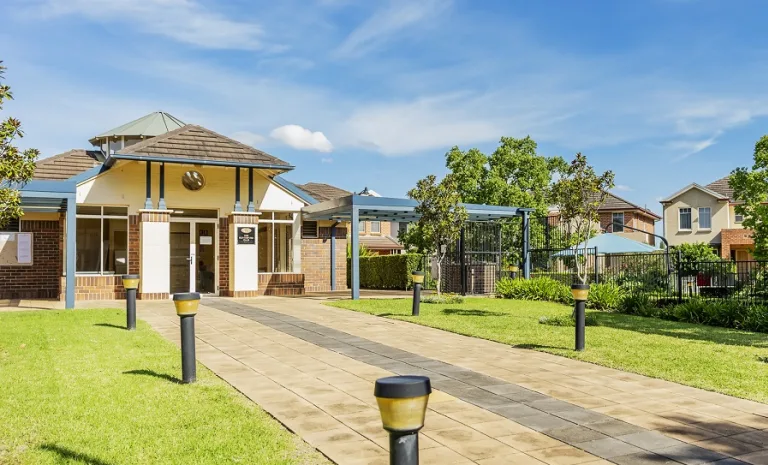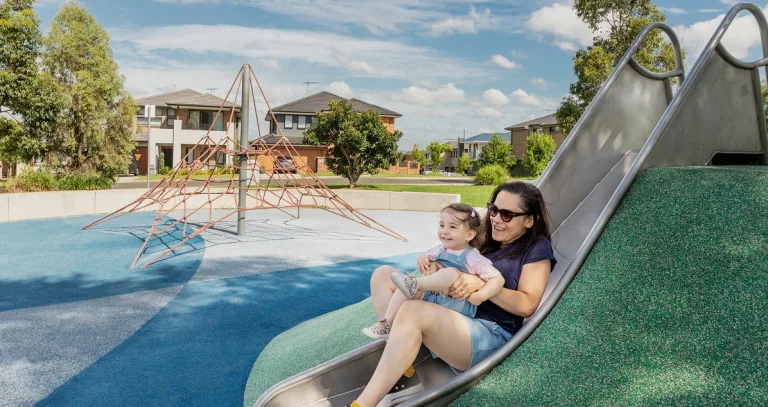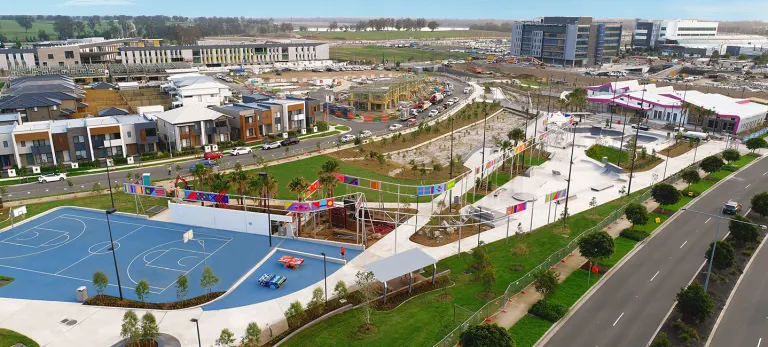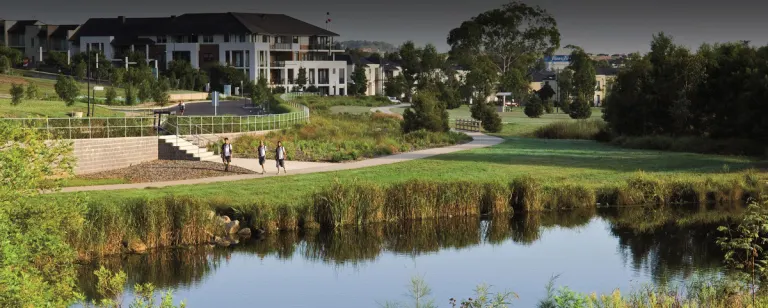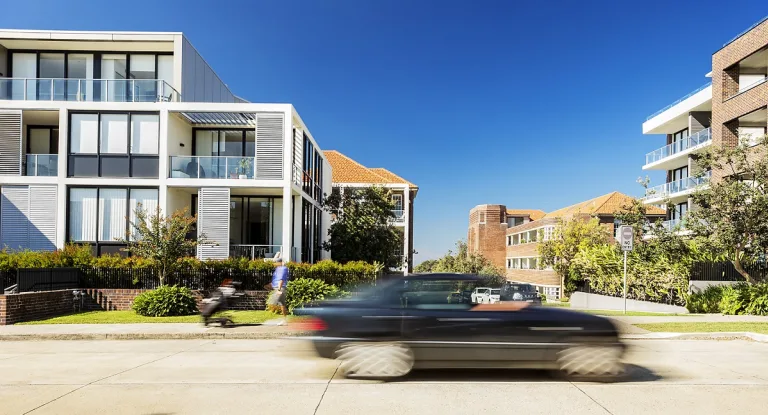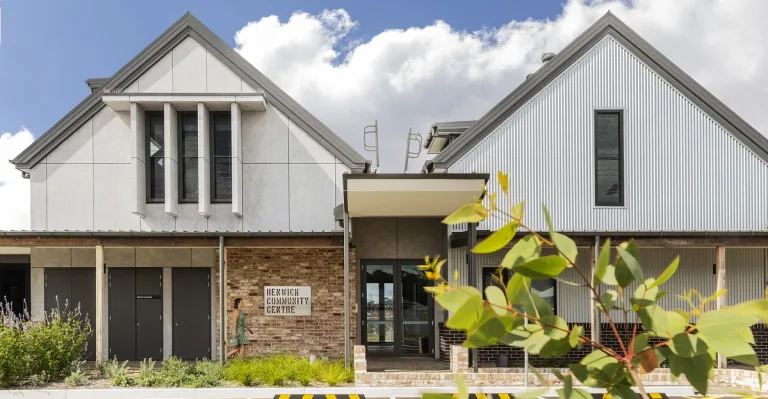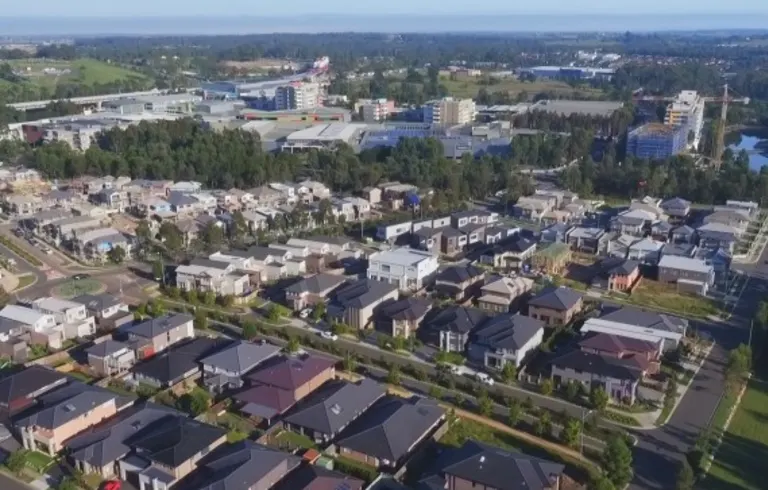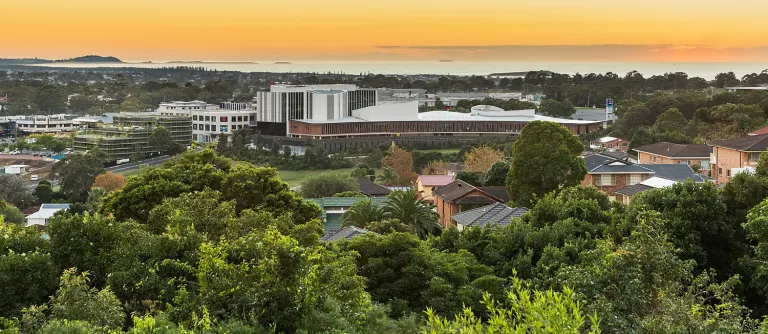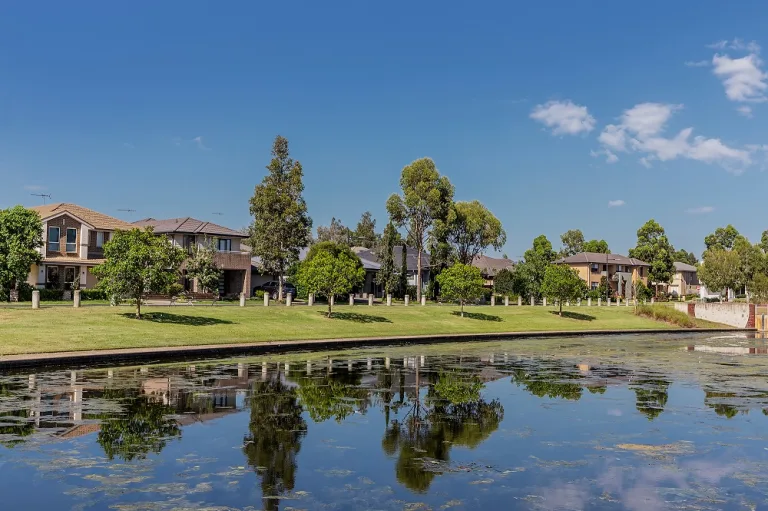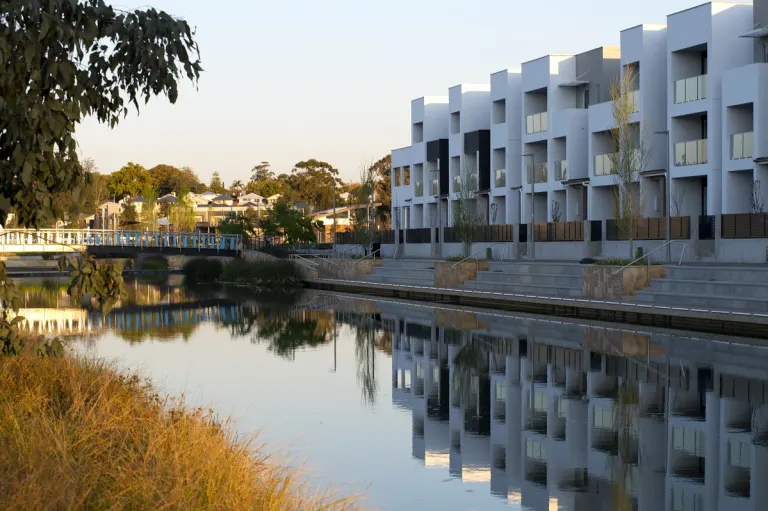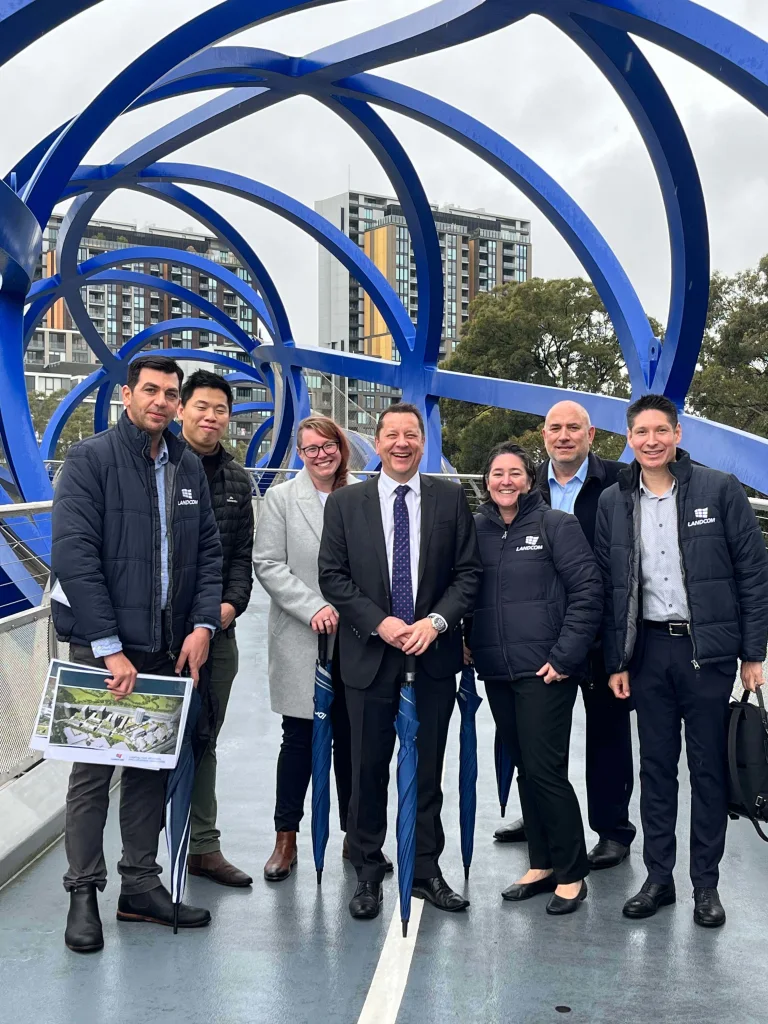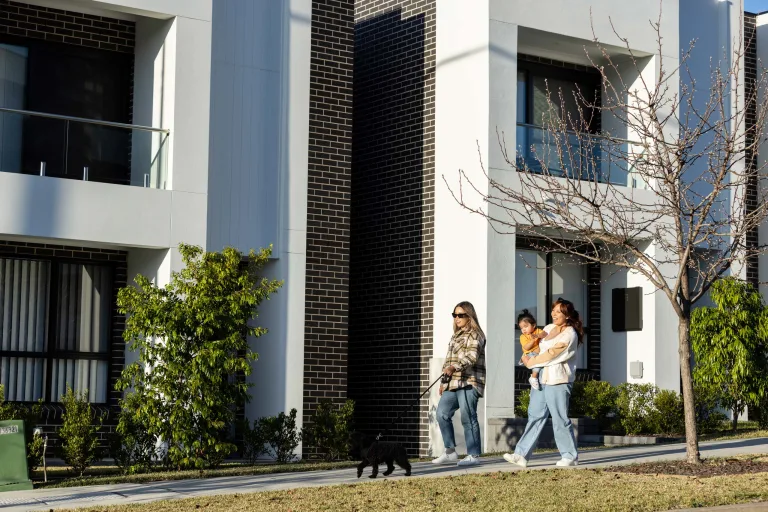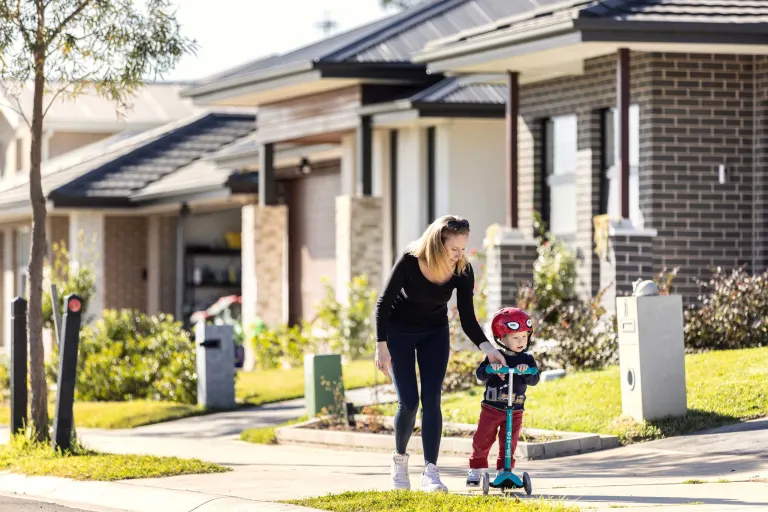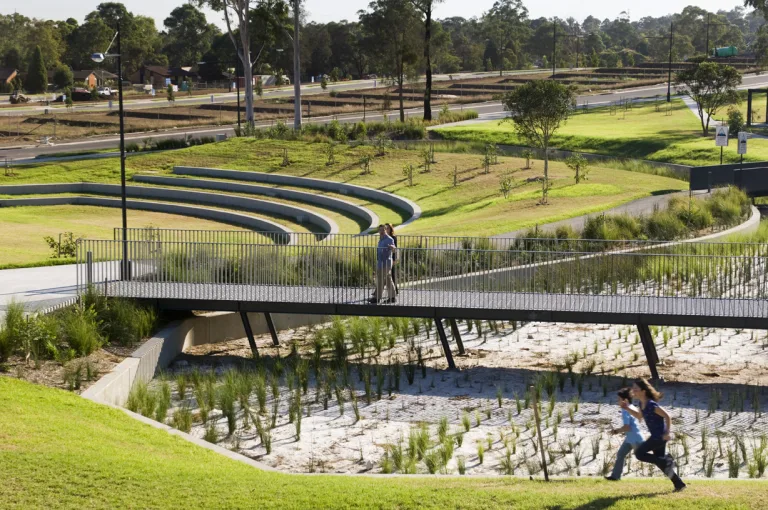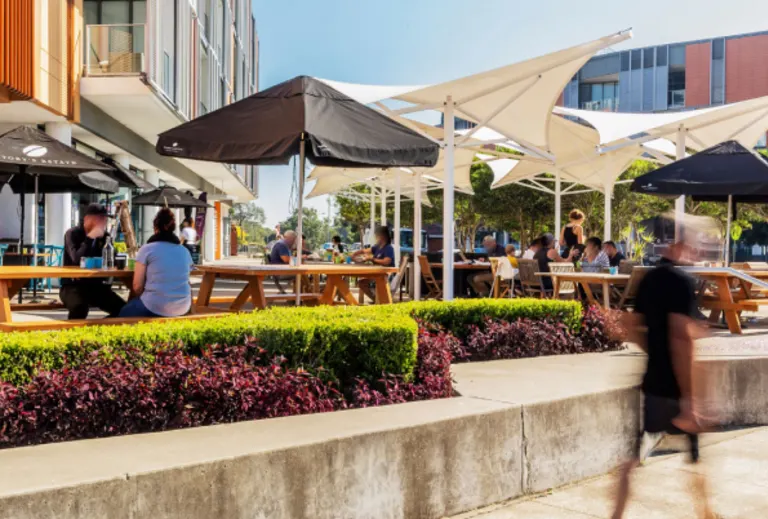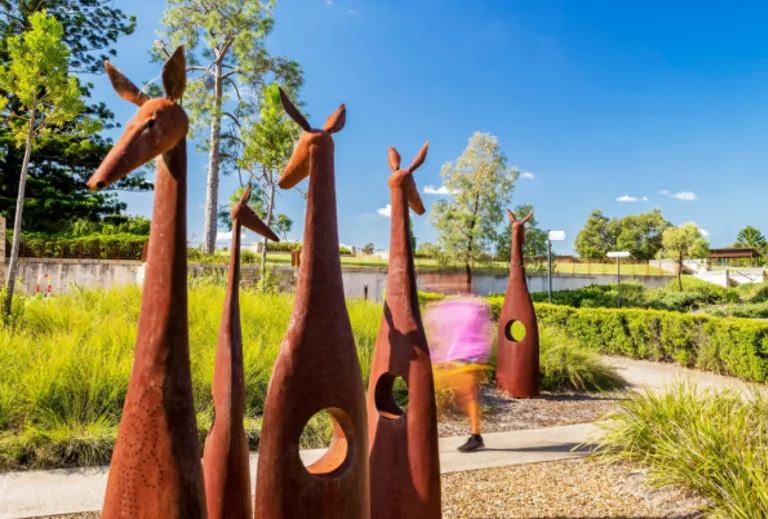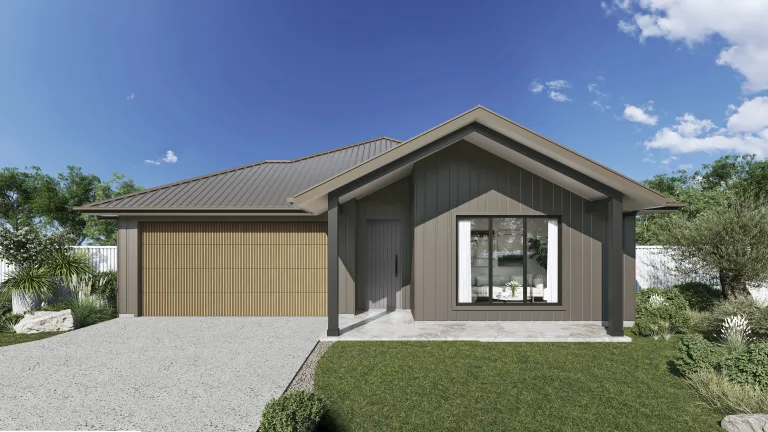
Understanding market rules and reforms
An overview of the current market rules and proposed reforms
The rules and regulations about electricity generation and distribution are evolving as governments and regulators move to encourage a more decentralised renewable energy economy. How fast Distributed Energy Resource-based (DER) solutions can be implemented will depend on the speed of reforms.
Market reforms are focused on two areas:
- the rules and regulations that determine what services generators, Distributed Network Service Provider's (DNSP's) and energy retailers can and cannot provide
- the technical requirements set by DNSPs that determine which energy sharing communities can use their distribution infrastructure and how.
In 2019, Australia’s Energy Security Board provided advice on a long-term, fit-for-purpose national electricity market design that would allow DERs or decentralised networks to operate. These recommendations were endorsed by state energy ministers, including those enabling energy sharing communities. Some adjustments to the rules under review for the 2025 plan could affect energy sharing communities.
There is proposed legislation to establish a new federal government entity: the Australian Local Power Agency (ALPA). This is part of a larger plan to increase community ownership in renewable energy projects. It would be paired with a mandate for all new large-scale renewable energy developments to offer up to 20% ownership to the local community.
Under the proposal, ALPA would offer to underwrite new community-owned renewable energy through both grants and loans, and work to establish ‘Local Power Hubs’ in regional areas. This could allow smaller towns to become self-sufficient and encourage DNSPs to consider future network planning that incorporates local generations.
An overview of the current market rules and proposed reforms
Current market rules and agreements affecting an energy sharing community |
What does this mean for an energy sharing community? |
Proposed reforms that better support an energy sharing community |
|
Generators (power stations or DERs), DNSPs and retailers have defined scopes. No entity can operate in another’s controlled domain. |
Currently a DNSP is not able to generate, store or sell electricity. |
The role of generator and retailer to be changed to the more generic role of ‘trader’, able to buy, sell and distribute electricity. Customers would be entitled to separate all aspects of their electricity needs. Councils can register as a trader and provide locally generated electricity from their DERs, or those of their private members, to their community.
|
|
A DNSP is allowed to own and operate is a large battery if the electricity stored and distributed is solely for the benefit of its network (e.g. for load balancing and voltage management).
|
A retailer would need to be involved if the battery is used to store excess solar generation for community use or export to the wider market. |
The expansion of possible ownership models, such as a business, a council, a consortium of end users or a retailer/trader. Since DNSPs will probably charge solar export fees and/or set export constraints such as time of day, a ‘front of meter’ development (e.g. community battery) would provide the greatest benefits. |
| DNSPs do not have to integrate with DERs. | There is currently little incentive for DNSPs to integrate DERs and no rules or regulations that require them to do so. |
Provide the Australian Energy Regulator, which enforces the laws governing the energy market, the authority to enable independent, market-wide assessment and set development benchmarks for If not DNSPs will continue to be self-governed and physical constraints, increased connection costs, export charging and other restrictions may grow. |
|
Generators must be registered as either a ‘scheduled generator’ or a ‘semi-scheduled generator’, based on whether their capacity to generate is above or below 30 MWh (megawatt hours: that is, 30,000 kilowatts of electricity generated per hour). A ‘scheduled generator’ must adhere to strict requirements and there can be severe penalties if targets are not met. |
There is a discussion to remove ‘semi-scheduled generators’ and have all generation (as low as 1 MWh) registered as a ‘scheduled generator’. This would only benefit a ‘front of meter’ development (like a community battery) in terms of operation. It could also hinder financial returns. |
|
|
DNSPs can charge DERs a fee to handle the export of any generation into the wider grid. DNSPs have indicated that this will not take place any earlier than 2025. |
After 2025, DERs will need to pay for the electricity they export into the wider grid within the defined rules (such as time of day or week). This rule does not affect ‘behind the meter’ developments (embedded networks). This rule will affect ‘front of meter’ developments (such as council-run DERs providing electricity to their community). |
New regulations allowing larger-scale embedded networks and microgrids (for example suburb-wide or a country town). |
A collaboration between
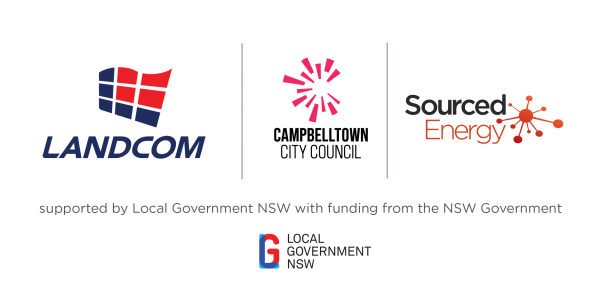
Landcom notes the findings as a contribution to the ongoing exploration of ways to enable community energy sharing in NSW but does not endorse specific conclusions and recommendations. Users are advised to seek professional advice and refer to the relevant regulations, as necessary, before acting in relation to any matters covered by this paper.
